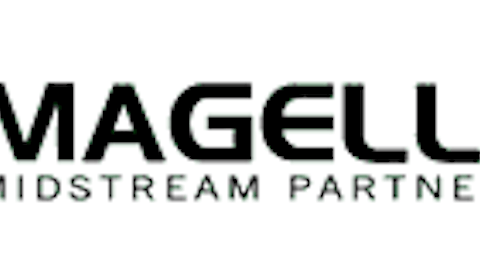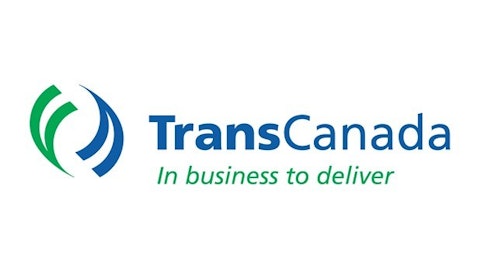The proposed northern portion of TransCanada Corporation (USA) (NYSE:TRP)‘s Keystone XL pipeline, which would transport massive quantities of mainly heavy crude oil from Alberta’s oil sands to the U.S., has drawn harsh criticism from groups that oppose its construction largely on environmental grounds.
They argue that the pipeline would promote further development in Alberta’s oil sands, a region whose oil production is thought to be significantly worse for the environment because it spews more greenhouse gases into the atmosphere than more conventional methods of oil production.

Some also argue that the type of oil the pipeline will carry – heavy bituminous crude – is more corrosive, more prone to spills than lighter types of oil, and much more costly and difficult to clean up once spilled. Let’s take a closer look at this second argument and see what TransCanada Corporation (USA) (NYSE:TRP) is doing to ensure Keystone XL’s utmost safety.
TransCanada’s claims
TransCanada Corporation (USA) (NYSE:TRP) maintains that Keystone will meet or exceed federal pipeline standards. The company’s CEO, Russ Girling, has said that Keystone will be “the safest, most advanced pipeline ever built in North America.” The company also suggests that, in addition to being closely monitored at all times, the pipeline will be equipped with a state of the art leak detection system.
TransCanada spokesman Shawn Howard has said that experienced personnel will monitor the pipeline around the clock from a state of the art control center, while another spokesman, Grady Semmens, has said that company personnel would be able to shut down the pipeline within just 10 minutes of detecting a leak or other pressing issue. The company has also promised to follow 57 guidelines that it claims go above and beyond the safety precautions required by federal law for most crude oil pipelines.
But others have suggested that TransCanada Corporation (USA) (NYSE:TRP)’s claims are either grossly exaggerated or patently false.
Contradicting claims
For instance, some argue that the leak detection system proposed for Keystone XL is nothing special and is actually quite standard among most crude oil pipelines. In fact, as an excellent piece by InsideClimate News detailed, Keystone would not be equipped with some key safeguards that are prominent features of Magellan Midstream Partners, L.P. (NYSE:MMP)‘ Longhorn pipeline, which was built more than a decade ago.
As the article notes, while the Longhorn pipeline boasts sensor cables capable of detecting leaks as minor as three gallons a day, Keystone’s leak detection system would probably be unable to detect leaks that are less than 1% of the pipeline’s capacity. Given that Keystone has a proposed capacity of 29 million gallons per day, a spill would likely have to exceed 290,000 gallons per day to be detected by the system.
By comparison, the worst bituminous crude oil spill ever in the U.S. discharged a little under four times that amount, when about a million gallons of oil spilled into Michigan’s Kalamazoo River after an Enbridge Inc (USA) (NYSE:ENB) pipeline ruptured in 2010 (according to estimates by the EPA, Enbridge’s estimates are much lower).
Keystone also doesn’t plan on installing two other key safeguards adopted by Longhorn – a concrete cap intended to defend the line against punctures, and daily aerial or foot patrols to prevent minor spills that could rise to the surface.



